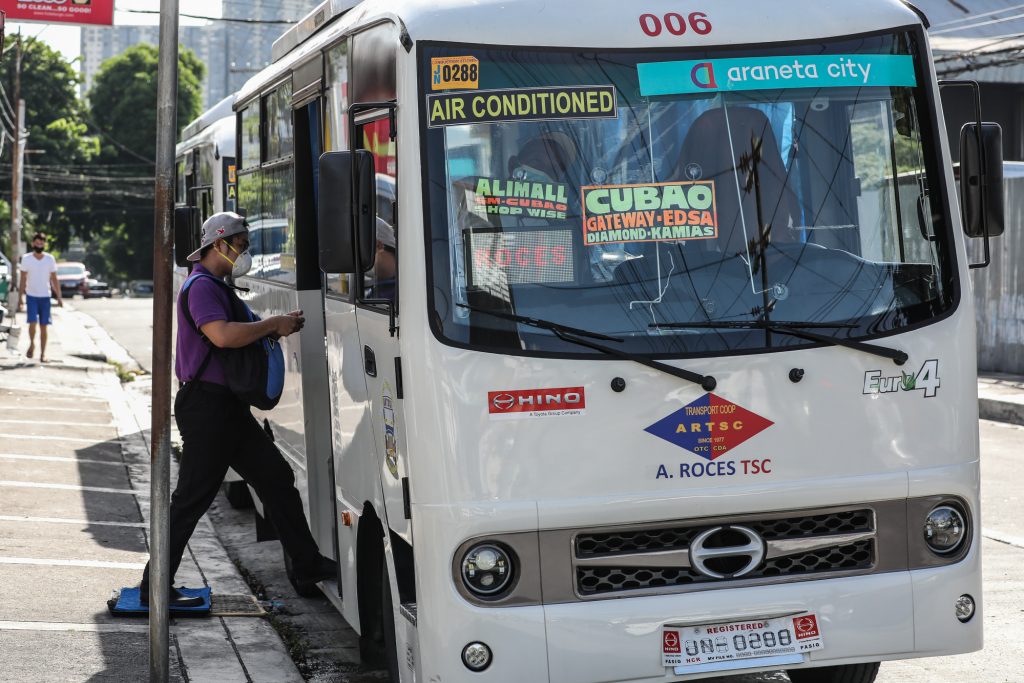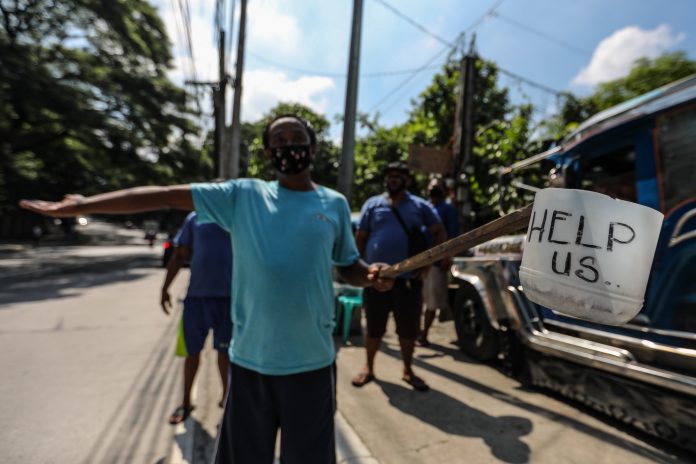With their backs against the wall as the government has adamantly refused to let them go back to the streets after three months of draconian COVID-19 lockdown, jeepney drivers in the capital are mad as hell and have openly threatened to burn down their vehicles instead if their demands are ignored.
We see this threat to torch their only means of earning a living as an act of pure desperation, not intended to be taken at face value, as they could be arrested and detained and criminally charged if they actually do so.
While the threat of the drivers to set their jeepneys ablaze could be meant only to convey the message that they are nearing the end of their rope, we think the concerned government agencies would do well to talk to them and offer them financial assistance to tide them over at this time.
From the looks of it, no one from government, particularly the Department of Transportation and the Land Transportation Franchising and Regulatory Board, has tried to meet with them and listen to them, so their only recourse has been to go to media and ventilate their grievances.
In short, it is the government that should bend over backwards and listen to what the drivers have to say.
There are an estimated 50,000 to 70,000 jeepney drivers in Metro Manila alone. They are also a fixture in rural towns, along with tricycles and pedicabs.
While tricycles and pedicabs have been allowed to operate again in places under general community quarantine, the traditional jeepneys have not been allowed back on city streets as the government says these are not compliant with current safety protocols during the coronavirus outbreak.
The jeepney drivers want to return to work so that they can earn enough to feed their families and send their children to school. But they’re afraid—and enraged at the same time—that the government wants to permanently take them off the streets to give way to modern jeeps.
The government considers traditional jeepneys as part of the lowest rung in the public transport system and perhaps the last to be allowed to run amid the pandemic.
The traditional jeepneys are configured in such as way that social distancing is next to impossible as two benches at the back of the vehicle face each other. The government sees this set-up as conducive to the transmission of the deadly coronavirus among passengers.
But there’s another reason government wants them off the streets. Traditional jeepneys contribute to air pollution because many of them are equipped with second-hand diesel engines that emit black smoke and exacerbate the already bad air quality in the metropolis.
Be that as it may, jeepney drivers insist that they are willing to abide by the safety protocols decreed by the government, and therefore should now be allowed to take to the streets once again.
The government, in a bid to rationalize the public transport system in Metro Manila, wants to give priority to the light rail network, buses, and modern jeepneys.

The modern jeepneys that the government wants to ply the streets of Metro Manila are actually mini-buses that can carry more passengers, and equipped with air-conditioning units, wifi, and GPS navigation. Passengers will have to get cards for cashless transactions cash as a safety feature against COVID-19.
More and more jeepney drivers now out of work for three months are complaining that their families are going hungry. Some of them have been driven away from rented homes as they are unable to pay the rent, and forced to live in the narrow and claustrophobic confines of a jeepney in order to survive.
Others have even resorted to begging from passersby and motorists just so they can feed their families.
The case of six jeepney drivers who staged a peaceful protest action in Caloocan City recently to call attention to their plight but were arrested by police and detained for almost a week illustrates the heavy- handed way the government implements lockdowns against the coronavirus outbreak, and the lack of compassion and understanding for the poor who are truly hurting from current restrictions.
From what I gather, jeepney drivers typically earn 800 pesos a day. That’s a little better than what ordinary laborers earn as minimum wage for a day’s work, which is now pegged 537 pesos in Metro Manila. But even 800 pesos a day is still within the poverty threshold, especially for those with an average family of five.
The government should move decisively to address the restiveness of jeepney drivers. With 50,000 of them in Metro Manila alone, they’re a sector that really needs help at this time, and asking them to shift instead to modern jeepneys costing no less than 1.2 million pesos each is really the height of insensitivity and callousness on the part of government.
Ernesto M. Hilario writes on political and social justice issues for various publications in the Philippines. The views and opinions expressed in this article are those of the author and do not necessarily reflect the official editorial position of LiCAS.news.









